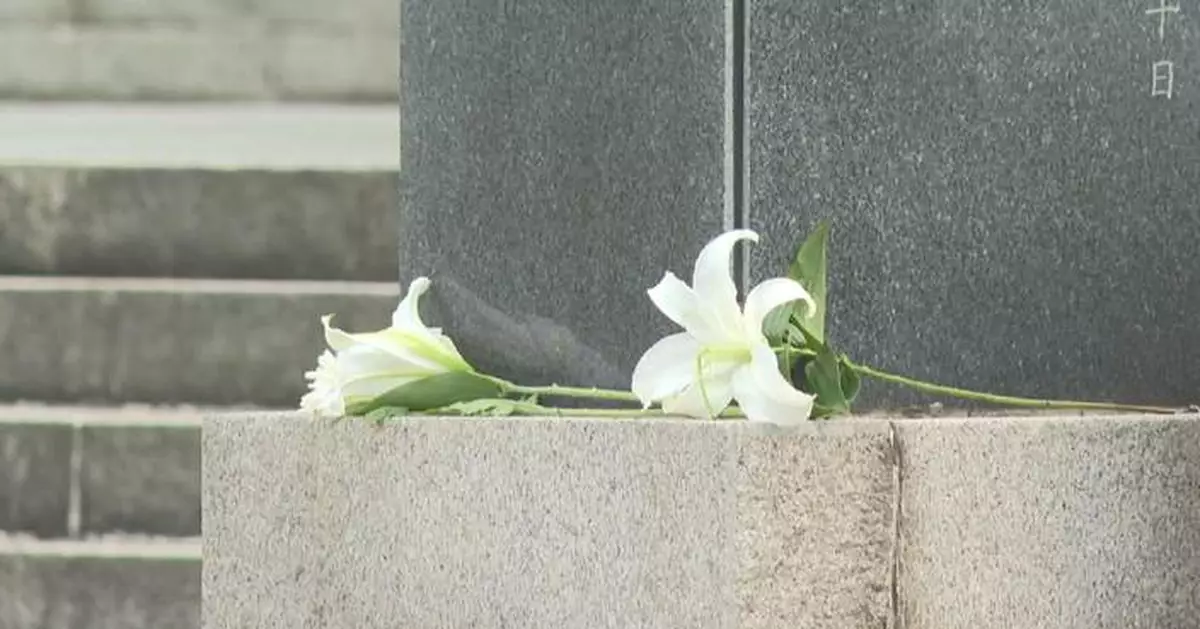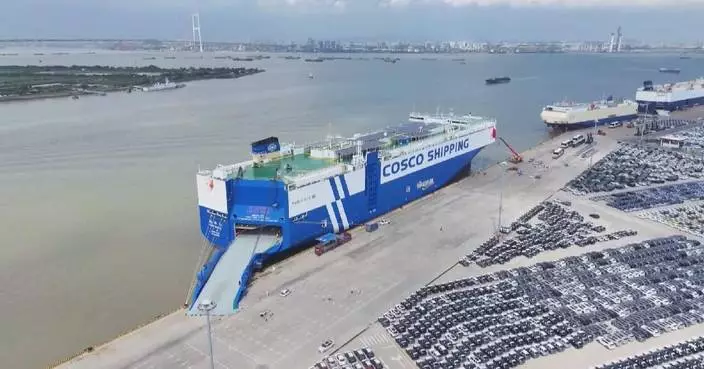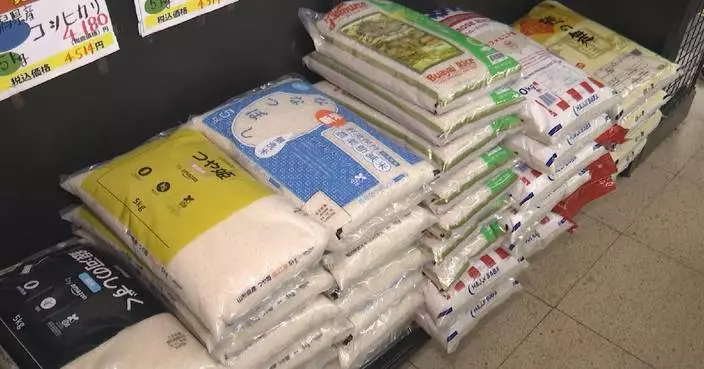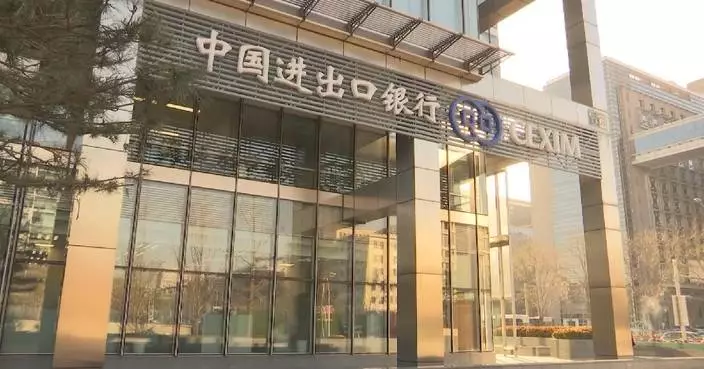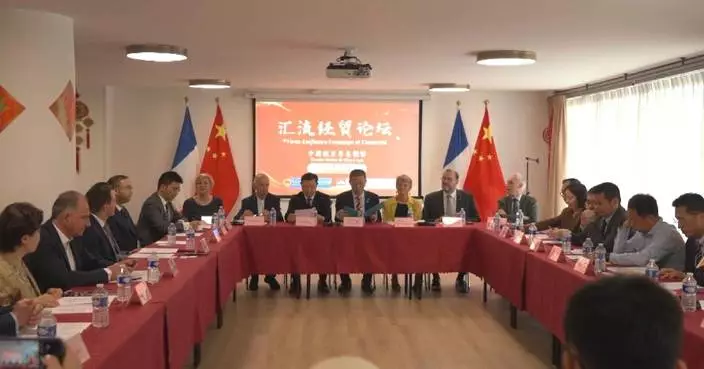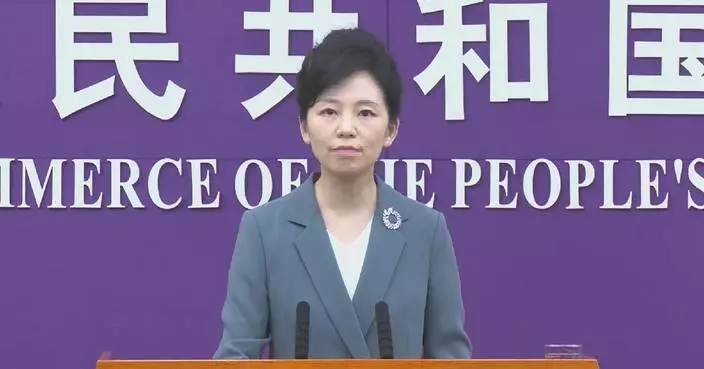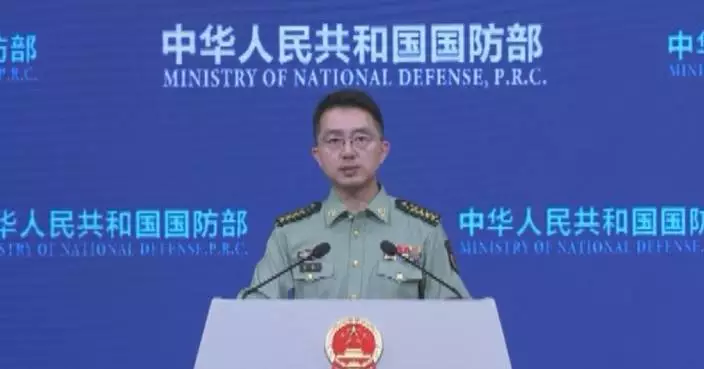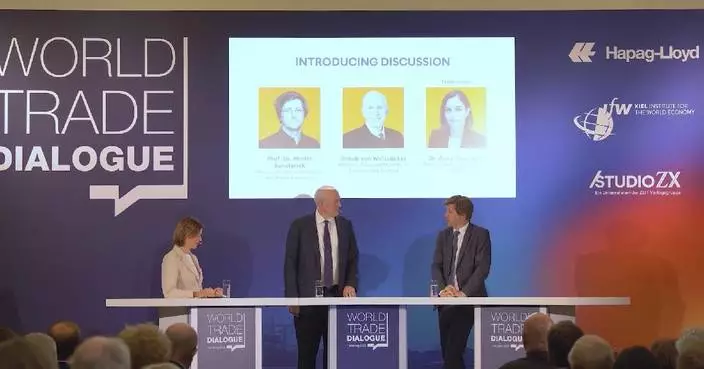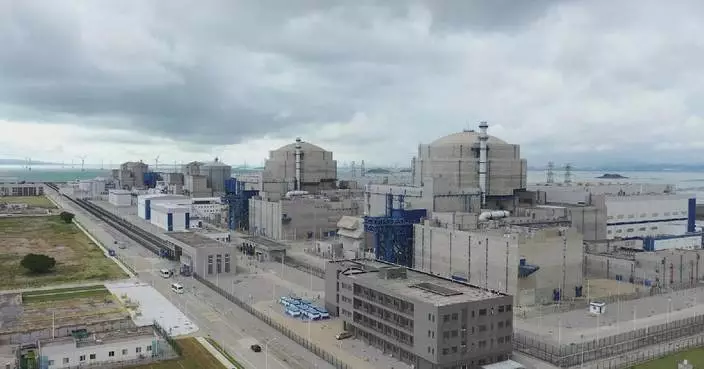A photo exhibition was held in east China's Nanjing City on Tuesday to commemorate the heroic deeds of the Flying Tigers aviators who fought in China's War of Resistance Against Japanese Aggression during WWII.
In 1941, General Chennault organized the team of "Flying Tigers," officially known as the American Volunteer Group of the Chinese Air Force, to fight shoulder to shoulder with the Chinese people to fight the invading Japanese troops.
Over 2,000 American Flying Tigers aviators died in the war, and more than 200 were rescued by the Chinese civilians and farmers.
About 180 historical photos were displayed in the exhibition with Sino-American Aviation Heritage Foundation being a major contributor. Some of them were showed to the public for the first time.
The exhibition also showcased the latest research results on American air force participating in China's War of Resistance Against Japanese Aggression collected over the recent years by Nanjing Memorial Hall of Fallen Aviators in the War of Resistance Against Japanese Aggression.
"The Flying Tiger pilots over the last 30 years have been giving our foundation, these photographs, their stories. Each one was given to me by the pilot who told me what happened, where they were, the time and the day. So, they are remarkable records," said Jeffrey Greene, chairman of the Sino-American Aviation Heritage Foundation.
At the exhibition's opening ceremony, a name list of 2,590 fallen U.S. aviators was released for the first time.
"I think it's a hard-won friendship between China and the United States. China and the U.S. should continue such friendship and pass down the spirit of Flying Tigers to the following generations," said Liu Yukang, a student of Jin Ling High School.
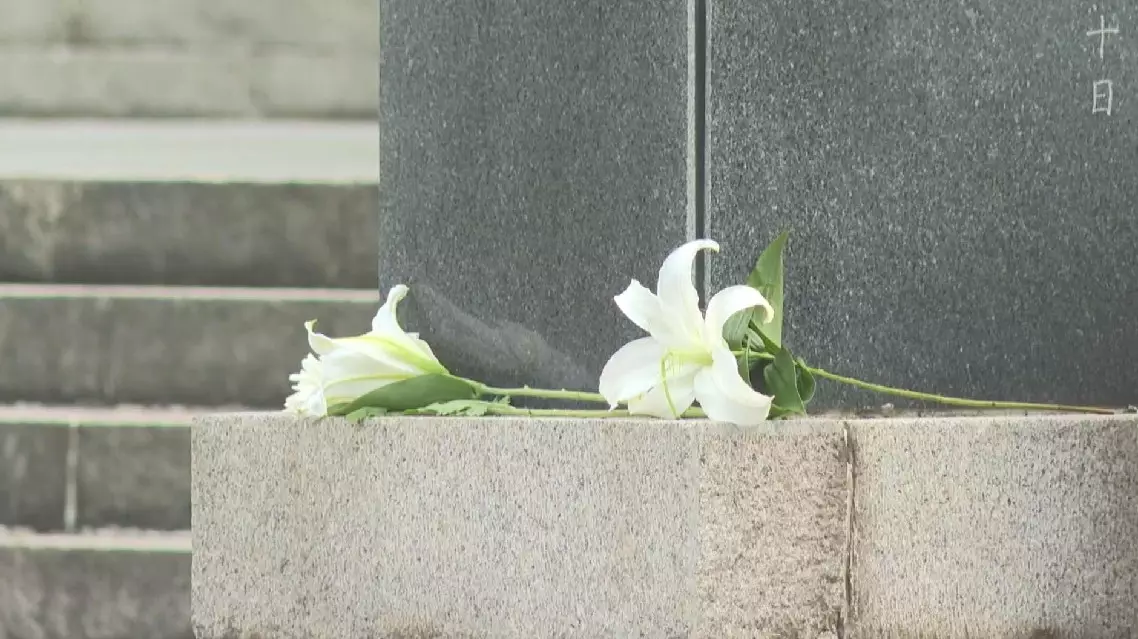
Photo exhibition held in Nanjing to commemorate feats of Flying Tigers
Shipments from China to the United States have surged since the two countries announced tariff cuts, driving up freight shipping costs for U.S. companies who are rushing to replenish inventories in the 90-day window and prepare for an uncertain future.
Among them is Stonemaier Games, a U.S. tabletop game publisher which has been producing games in China and selling them in the domestic market over the past 13 years.
Jamey Stegmaier, founder and president of the company, told China Central Television that they are trying to ship products out of China as quickly as possible, but the surging demand in freight shipping has made it much harder.
U.S. bookings for container shipments from China to the U.S. had surged by nearly 300 percent as of Wednesday, which has driven up freight shipping prices, according to data from container-tracking software provider Vizion.
"The challenge we are facing now is that a lot of other companies are doing the same thing. So, we are facing shipping delays, port congestions and higher freight shipping costs as a result. I don't have exact numbers on how much the prices will increase. Usually, freight shipping costs are locked in for about a month. So, on June 1, we anticipate seeing those prices go up significantly. And for any shipments that leave China for us in late June, there is the risk that they won't even arrive within the 90-day window. 90 days will fly by," Stegmaier said.
Stegmaier said his company is planning on their winter holiday production run, but it will be much more modest than usual as they don't know how much the tariffs will be at that time.
"The current challenge that we're facing is largely one of uncertainty. I don't even know if the 90-day tariff reprieve will hold. I don't know what will happen after that. So, we are planning for a very uncertain future. And that's the biggest impact, I would say, both on the production side and the inventory that we plan on bringing and holding here in the U.S. at our warehouses," he said.
Questioning the ability of the current U.S. government to build partnerships with other countries, Stegmaier expressed hope that his country will improve its economic ties with other countries and create a more stable business environment.
"So, I'm hopeful for what the future brings in stronger ties between the U.S. and China and any other country. I'm worried the current administration in the U.S. isn't well-equipped to handle that sort of strong, healthy relationship. But I'm hopeful that relationship will improve," he said.
Following a two-day China-U.S. high-level meeting on economic and trade affairs in Geneva, the world's two largest economies announced in a joint statement on Monday a series of measures, tariff modification measures, aimed at easing trade tensions, which took effect on Wednesday.
According to the statement, the United States will place a 90-day pause on 24 percentage points of the additional ad valorem rate of duty on articles of China, while retaining the remaining rate of 10 percent on those articles. It will also remove the additional tariff rates on imports from China announced on April 8 and 9 respectively.
China will suspend 24 percentage points of the additional ad valorem rate of duty on articles of the United States for an initial period of 90 days, while retaining the remaining additional ad valorem rate of 10 percent on those articles. It will remove the modified additional ad valorem rates of duty on those articles imposed by the No. 5 and No. 6 announcements issued by the Customs Tariff Commission of the State Council on April 9 and 11, respectively.

U.S. businesses rush to ship products out of China following tariff cuts



